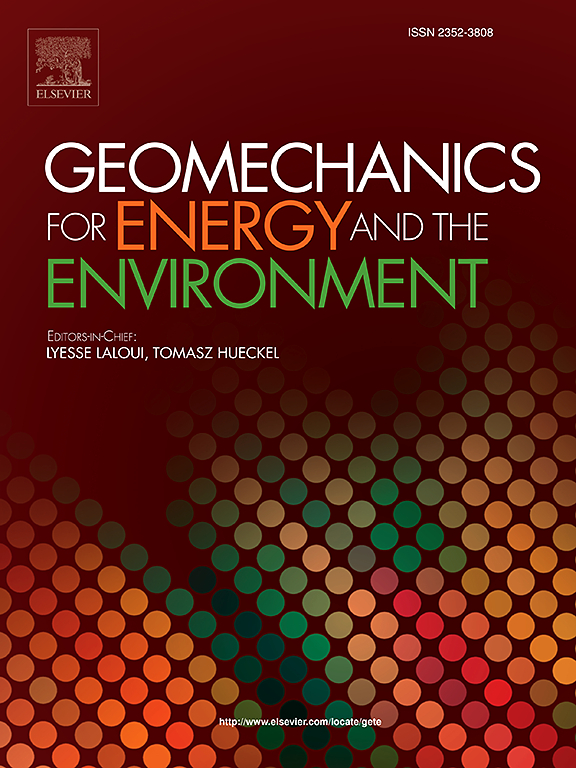Effect of multifractal characteristics of pore structure in coal adsorbed by low pressure gas on thermal conductivity and thermal diffusion
IF 3.3
2区 工程技术
Q3 ENERGY & FUELS
引用次数: 0
Abstract
Thermal conductivity and thermal diffusivity are critical physical properties influencing safe mining operations, geothermal field studies, and underground coal gasification technologies. This study investigates the pore structure and multifractal characteristics of coal with varying metamorphic degrees in southwest China using low-pressure N2 and CO2 adsorption techniques. The thermal conductivity and diffusivity of coal samples were measured using the transient plane source method. Furthermore, we analyzed the relationship between multifractal parameters and the thermal properties of coal. Our results indicate a weak correlation between industrial parameters and the thermal properties of coal. We found that the pore volume and specific surface area of intermediate pores in coal are positively correlated with thermal conductivity and negatively correlated with thermal diffusivity. Both thermal conductivity and diffusivity increase with the pore volume and specific surface area. Multifractal self-similarity analysis reveals that coal samples exhibit strong multifractal characteristics, with micropores displaying stronger multifractal features than intermediate pores. The distribution of pores in coal primarily influences thermal conductivity and diffusivity, whereas the structure and complexity of the pores themselves have a negligible effect compared to pore uniformity.
求助全文
约1分钟内获得全文
求助全文
来源期刊

Geomechanics for Energy and the Environment
Earth and Planetary Sciences-Geotechnical Engineering and Engineering Geology
CiteScore
5.90
自引率
11.80%
发文量
87
期刊介绍:
The aim of the Journal is to publish research results of the highest quality and of lasting importance on the subject of geomechanics, with the focus on applications to geological energy production and storage, and the interaction of soils and rocks with the natural and engineered environment. Special attention is given to concepts and developments of new energy geotechnologies that comprise intrinsic mechanisms protecting the environment against a potential engineering induced damage, hence warranting sustainable usage of energy resources.
The scope of the journal is broad, including fundamental concepts in geomechanics and mechanics of porous media, the experiments and analysis of novel phenomena and applications. Of special interest are issues resulting from coupling of particular physics, chemistry and biology of external forcings, as well as of pore fluid/gas and minerals to the solid mechanics of the medium skeleton and pore fluid mechanics. The multi-scale and inter-scale interactions between the phenomena and the behavior representations are also of particular interest. Contributions to general theoretical approach to these issues, but of potential reference to geomechanics in its context of energy and the environment are also most welcome.
 求助内容:
求助内容: 应助结果提醒方式:
应助结果提醒方式:


